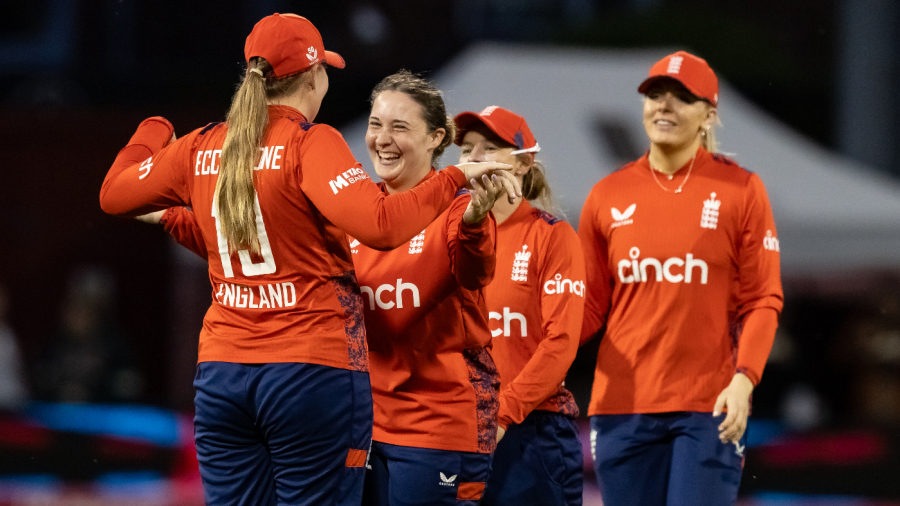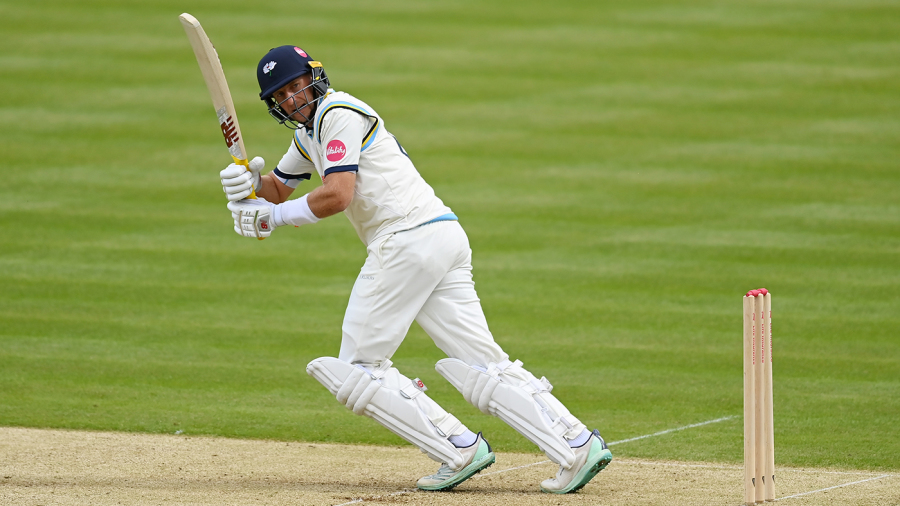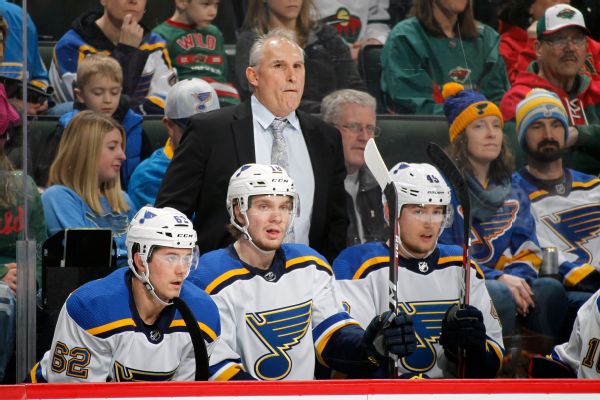![cricket:image:1430067 [900x506]](https://a.espncdn.com/i/cricket/cricinfo/1430067_900x506.jpg)
Gaikwad the captain faces his sternest test yet
Over the years I've learnt that for every upside in an idea - no matter how good - it's guaranteed there'll also be a downside.
Consequently there's some disillusionment with the growing amount of six-hitting involved in the T20 game and particularly in the highly successful IPL tournament.
Big hitting has dramatically increased. At the present pace IPL 2024 will comfortably set the record for the number of sixes clouted in a match. The big-hitting spree was highlighted by England seamer and Punjab Kings captain Sam Curran, who said after his team's high scoring victory over Kolkata Knight Riders: "Cricket is turning into baseball isn't it?"
There are many reasons offered for the massive increase in six-hitting; among them improved bats, short boundaries and evening dew. Curran also highlighted the current players' training methods, explaining "they can hit balls for a long time" as another reason for the improvement.
The current training regime highlights how batting is now more of a power game as distinct from the artistry of the past. While training is an acknowledged part of professional cricket, it's worth investigating the exponential growth in six-hitting. The IPL tournament plays a particularly important role.
The popularity of the IPL is ingrained and as Curran says: "I'm sure everyone wants to keep seeing sixes."
There's no doubt the younger generation, bred on big hitting and high scoring in T20 cricket, embrace the IPL. Then there's the older generation, who have grown up with batting artistry and quality bowling spells and are often bewildered by segments of the modern game.
Those are facts of life. As the IPL (and other administrations) consider the bottom line critical, then big hitting and thrilling chases, while they continue to draw large crowds, will remain as attractions of the game.
Nevertheless a cricket dilemma could occur if the T20 spectacle became wearisome. If an administration decided to further shorten the game this would severely test player loyalty. If players aren't experiencing much cricket other than being in the field a lot, then a large contract can only conceal so much dissatisfaction. Apart from throwing the ball back, there's not much fielding involved when it's raining sixes.
The increased growth in shorter forms of the game is allied to the exorbitant cost of running first-class competitions. Strong first-class competitions are crucial to developing Test cricketers and hence the current five-day game favours India, Australia and England but is under immense strain.
Then there's the financial return from the media for a cricket board. The shorter forms of the game bring far greater financial rewards than a first-class competition, so guess which route a board, strapped for cash, is going to take.
India, with its huge spending power rules cricket, therefore other countries tend to follow their example. Hence the growth in T20 leagues in other countries mirrors the IPL success.
In many ways one of cricket's perceived blunders is turning out to be a blessing in disguise for administrators. They could never have envisioned the vast power they were conceding but IPL auctions have provided massive financial rewards for players.
However, the administrators are now almost assured of player loyalty, as they are not going to revolt against the short length of a game when they are being well rewarded.
As a young man I enjoyed playing both cricket and baseball. If I'm not going to face many deliveries in a short version of cricket but field a lot, then the game loses a lot of its attraction. If that were the case I'd prefer to play baseball, where fielding is integral and at least I'd bat a few times. In the short version of cricket I would often feel I hadn't earned my beer at the end of the game.
That is the opinion of someone from the older generation. However that thinking ignores the enormous preference a modern administration places on market trends and financial returns rather than a player's wishes.













